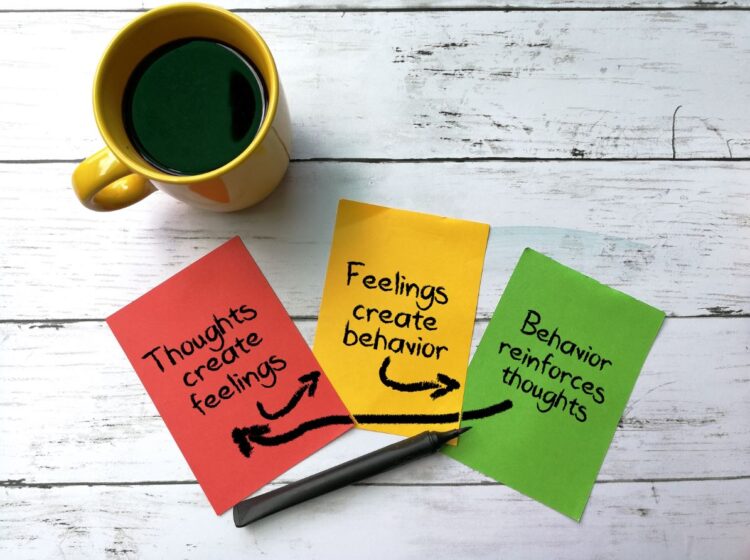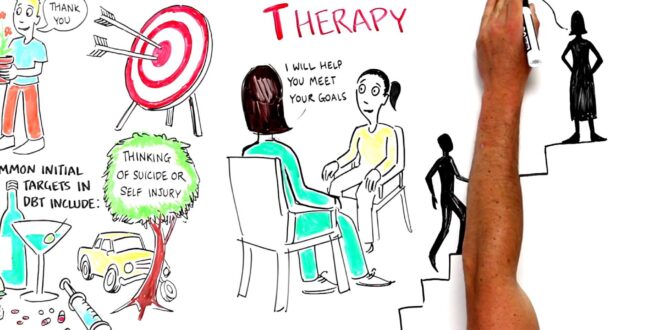Borderline Personality Disorder (BPD) is a mental health condition that affects roughly 1.6 percent of the population. According to the Mayo Clinic, it is a condition that includes “self-image issues, difficulty managing emotions and behavior, and a pattern of unstable relationships.”
There are quite a few behaviors and symptoms associated with BPD. Some of these symptoms include fearing abandonment, alternating between idealizing and devaluing others, and difficulties coping with reality. Other symptoms include extremely impulsive behaviors, dramatic mood swings, and inappropriate reactions to external events.
Because BPD is determined by behavior, is strongly related to culture (which determines appropriate behaviors) and can be influenced by factors such as substance abuse disorders, it can be difficult to diagnose and treat. However, if you believe you or your teen is suffering from BPD, it sill very important to speak with a licensed psychiatrist or physician.
In this article, we will discuss five things for parents to know about borderline personality disorder in a teenager. This is a condition that, eventually, your teen can learn to cope with. Living their best life is still quite possible, but it may require taking some proactive steps.
Borderline Personality is Strongly Correlated with Patterns of Self Harm

One of the most common complications that come from borderline personality disorder is patterns with self-harm. It is very common for individuals suffering from to engage in behaviors such as cutting. These behaviors are usually done impulsively with a little forethought in advance.
Individuals who are suffering from BPD are also much more likely to commit suicide. As many as one in ten people with BPD will die from suicide, which is significantly higher than the rate for the nation as a whole. Among people suffering from BPD, about 18 percent of men and 8 percent of women eventually commit suicide. Few of those committing suicide were receiving adequate treatment.
Borderline Personality Disorder is also often paired with substance abuse disorders. Many people with affliction use substances as a coping mechanism. In order to properly address the relationship between BPD and substance abuse, co-occurring treatment options may be necessary.
Borderline Personality Disorder May Require Residential Treatment
Borderline Personality Disorder exists along a spectrum, rather than a simple binary. The way that this condition is manifested and experienced will vary tremendously, depending on the individual who is suffering.
For the most severe cases of teen BPD, admission to a residential treatment center (RTC) like Polaris Teen Center may be necessary. RTC’s are more likely to be recommended for individuals demonstrating patterns of self-harm, extreme impulsiveness, and having multiple mental health issues.
At a residential treatment center, your teen will be surrounded by qualified individuals who understand what they are experiencing. They will likely be given a personalized treatment plan and will be exposed to a wide range of evidence-backed treatment options.
Borderline Personality Disorder has Many Potential Causes

One of the reasons why diagnosing BPD is so inherently difficult is that the causes of BPD are not always clear. While there are plenty of theories explaining why BPD—and other personality disorders—develops, there is still no clear consensus within the psychology community.
According to a study published in Neuroscience and Biobehavioral Reviews, it is estimated that approximately 40 percent of the onset of BPD can be attributed to genetics. Individuals whose relatives exhibit BPD may be as many as five times as likely to develop it on their own.
Other causes of BPD include social and environmental factors. Individuals exposed to abuse—particularly sexual abuse—are believed to be more likely to develop BPD. Additionally, while there is clear evidence that substance abuse can cause the effects of BPD to become much worse, there is limited evidence that substance abuse is a triggering event on its own.
Cognitive Behavioral Therapy (CBT) is a Common Method for Treating BPD

Cognitive Behavioral Therapy (CBT) is one of the most common modalities used for treating personality disorders, including BPD. CBT is also used for treating other common mental health disorders such as anxiety, depression, relationship counselling, bipolar disorder, and schizophrenia.
CBT was developed gradually, building off the work of Alfred Adler, Sigmund Freud, and other notable psychologists from the early 20th Century. Eventually, it was formalized with a much more evidence-based approach during the “third wave” of the 1970s.
CBT focuses on studying and controlling the relationship between an individual’s behavior, thoughts, and feelings. It also focuses on an individual’s sense of self, their relationships with others, and their conceptualization of the future. CBT usually involves individual therapy sessions that attempt to develop coping mechanisms and improve the ways people interact with the world around them. It has been proven to effectively address some instances of BPD and also significantly decrease the likelihood of suicide.
BPD is One of Ten Recognized Personality Disorders

The term “personality disorder” has received some criticism within the psychology community due to the fact it is recognizably stigmatizing. Nevertheless, the Diagnostic and Statistical Manual of Mental Disorders (DSM)—one of the most important books for psychologists—recognizes ten personality disorders, sorted into three distinct classes.
According to oliverpyattcenters.com, Cluster A (eccentric disorders): these disorders overlap significantly with schizophrenia (though only a small portion of those afflicted have schizophrenia). They cause individuals to experience and perceive the world in an unusual way. This cluster includes paranoid personality disorder, schizoid personality disorder, and schizotypal personality disorder.
Cluster B (erratic disorders): individuals with these disorders will have difficulty forming relationships and controlling certain behaviors. Conditions include antisocial personality disorder, borderline personality disorder, histrionic personality disorder, and narcissistic personality disorder.
Cluster C (anxious disorders): these people will often exhibit behaviors that are governed by fear. Examples include avoidant personality disorder, dependent personality disorder, and obsessive-compulsive personality disorder.
About 10 percent of the population suffers from a personality disorder. The differences between these conditions, as you might expect, are not always so clear. In order to make sure your teen is getting the treatment they need, be sure to get a formal diagnosis from a licensed professional.
Conclusion
Border Personality Disorder (BPD) is a mental health condition that needs to be taken seriously. Untreated BPD can result in a wide variety of issues in teens, including suicide. By understanding this condition and the effects it can have on people, you can play a crucial role in helping your teen pursue the good life.
 Hi Boox Popular Magazine 2024
Hi Boox Popular Magazine 2024



